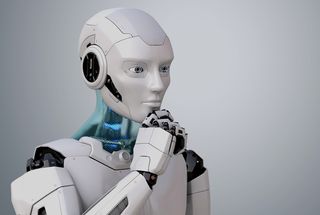Making sense of artificial intelligence: AI in the (Increasingly Virtual) Workplace

The advent of the pandemic has resulted in the virtualization of many jobs, perhaps permanently. The associated increased quantification of the workplace will enable the accelerated adoption of AI. As our private and professional lives inevitably blur as we work more from home, we need ethical rules more than ever about how companies can use employee-generated data and deploy AI in the workplace.
Increased virtualization is likely permanent for many jobs, paving the way for workplace bots
One lasting change from COVID-19 is likely to be that we all will be working from home (or anywhere) more often. Many companies have announced they will allow work from home as a permanent policy. According to a recent survey, most managers have been pleasantly surprised by the change, and many have seen a marked increase in productivity from their employees. The success of this rapid adaptation to virtual work is largely due to the technology tools available, including some AI-enabled ones, which allow managers and administrators to monitor and maintain control remotely.
This shift has big implications for the acceleration of AI adoption in the workplace. The virtualization of the workplace means more data, and more data means more opportunities for effective machine learning. It's worth noting that data collected in the process of work may generally be used by employers without the consent of employees. There is also an increased risk that our personal data may get mixed in and become visible to employers and their bots as our home and office life converge.
